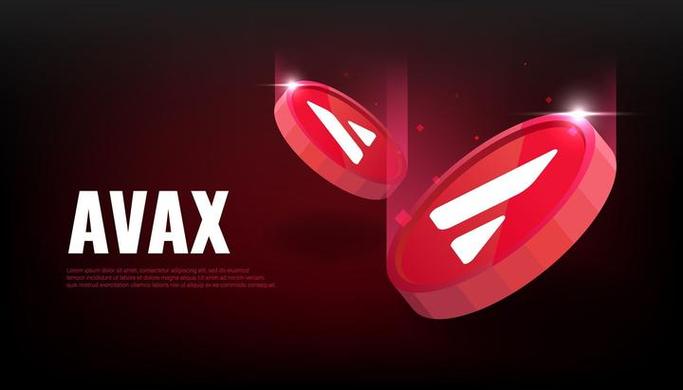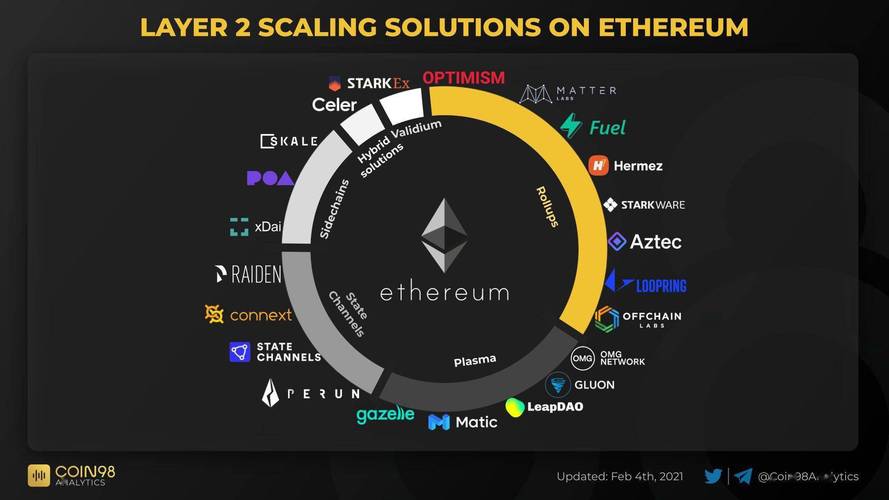
Avalanche vs Ethereum 2.0: A Comprehensive Comparison
When it comes to blockchain technology, Ethereum and Avalanche are two of the most prominent names in the industry. Both platforms have their unique features and advantages, making them popular choices for developers and investors alike. In this article, we will delve into a multi-dimensional comparison of Avalanche and Ethereum 2.0, covering aspects such as network performance, scalability, security, and community support.
Network Performance
Ethereum, the first mainstream blockchain platform, has been a pioneer in the industry. However, it has faced challenges in terms of network performance, particularly during times of high demand. Ethereum 2.0 aims to address these issues by implementing a proof-of-stake consensus mechanism, which is expected to significantly improve transaction throughput and reduce latency.

Avalanche, on the other hand, is designed from the ground up to offer superior network performance. Its unique consensus mechanism, called Avalanche consensus, allows for near-instant finality and high throughput, making it an attractive option for applications requiring fast and efficient transactions.
| Parameter | Ethereum 2.0 | Avalanche |
|---|---|---|
| Transaction Throughput | 100,000 TPS (estimated) | 4,500 TPS |
| Latency | ~2 seconds | ~1 second |
| Finality Time | ~12 seconds | ~1 second |
Scalability
Scalability has been a significant concern for Ethereum, as the network has struggled to handle the growing number of decentralized applications and users. Ethereum 2.0 aims to address this issue by introducing sharding, which will allow the network to scale horizontally by dividing the network into smaller, more manageable pieces.
Avalanche, however, has already achieved scalability through its unique consensus mechanism. The platform can handle a high number of transactions per second without sacrificing network performance, making it an ideal choice for applications requiring high scalability.
Security
Security is a critical aspect of any blockchain platform. Ethereum has faced several security challenges over the years, including the DAO attack and the Parity bug. Ethereum 2.0 aims to improve security by implementing a proof-of-stake consensus mechanism, which is generally considered to be more secure than the proof-of-work mechanism used by Ethereum 1.0.

Avalanche also boasts strong security features, with its consensus mechanism designed to prevent attacks and ensure the integrity of the network. The platform’s unique architecture makes it resistant to common blockchain vulnerabilities, such as 51% attacks.
Community Support
The success of a blockchain platform often depends on the strength of its community. Ethereum has a large and active community, with numerous developers, investors, and enthusiasts contributing to its growth. Ethereum 2.0 has also gained significant community support, with many developers and organizations working to implement the new features.
Avalanche has also built a strong community, with a growing number of developers and users adopting the platform. The community’s enthusiasm and dedication to the project have contributed to its rapid growth and adoption.
Conclusion
In conclusion, both Avalanche and Ethereum 2.0 offer unique advantages and features that make them compelling choices for developers and investors. While Ethereum 2.0 aims to address the limitations of the original Ethereum platform, Avalanche has already achieved many of the goals set by Ethereum 2.0. Ultimately, the choice between the two platforms will depend on the specific needs and preferences of the users.



